Macy's Inc Story
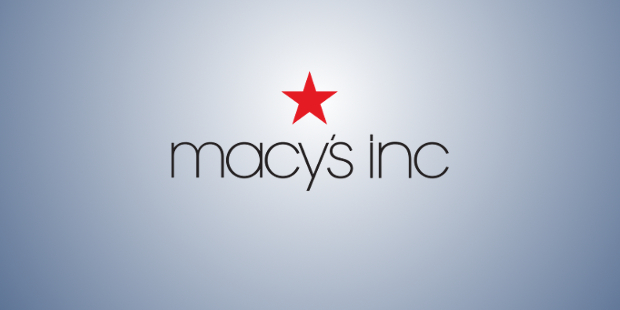
Profile
Macy's Inc. is one of the largest premier retailers founded between 1843 and 1885 by Rowland Hussey Macy. Initially, the company was known as Federated Department Stores, Inc, but the name was later changed to Macys, Inc shortly after 2007. By 2015, the company had already recorded fiscal sales of $27.1 billion.
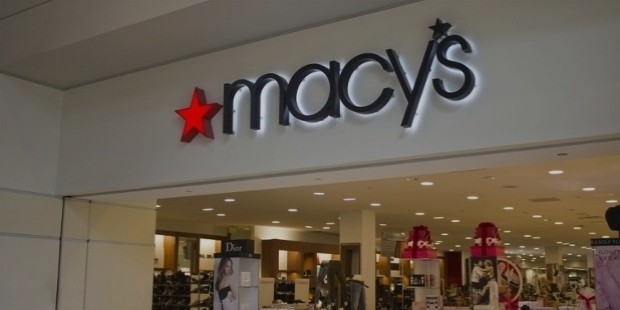
According to the business report of April 2, 2016, the business now has 870 stores operating in 45 different states. Moreover, the company has a diverse workforce – approximately 157,900 members of staff. Today, the company takes part in the New York Stock Exchange trading under the special symbol “M”.
The History of Macy's. Inc
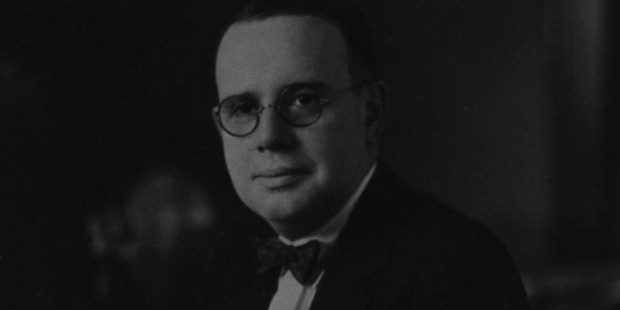
Macy's Inc. grew from a small dry goods store, on the 6th Avenue in New York City, in 1858 into the largest premier retails in the world. The growth of the company wasn’t a smooth sail in the beginning. Rowland had already tried a couple of retail ventures that actually didn’t yield results.
However, he kept pursuing his goals and chasing his dreams. By the time Hussey Macy was 36 years of age, his integrity, determination, and the desire to continue doing business eventually paid off. His first date sales figure was $11.0, but by the end of the same year, the company earned a whopping $85,000 in revenue.
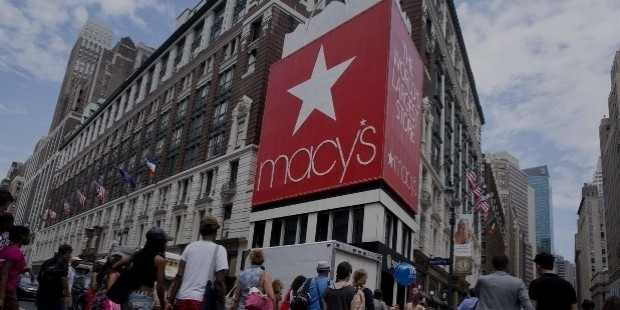
By 1877, the company was already a busy store operating on the ground space of more than half a dozen buildings. By 1902, Macy's Inc had already started attracting shoppers from different parts of the world, shortly after moving its locations to Herald Square. By 1918, the company was already generating close to $38 million in sales, which means an increase in the overall revenue over time. When the company went public in 1922, its levels of prosperity began to grow even further. It staged a strong competition against other retailers, and by 1924, Macy's Inc. was already the World’s Largest Store.
Challenges Faced by the Company
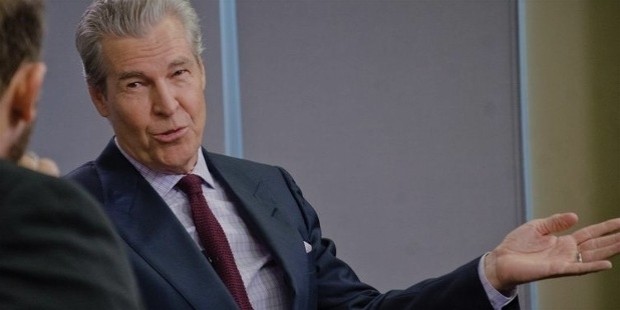
For Macy's Inc., doing business has not been a walk in the park. Like any other business, Macy's Inc. has been a victim of inconveniences, with the year 2015 being the worst time in business. In those moments, the company witnessed negative factors that affected sales surge. Especially because of labor slow down. Coupled with additional business challenges that the business tried to handle without success, unfortunately, the financial performance by the end of the year 2015 was rather disheartening. Worse, the objective the company set in 2014 became difficult to settle.
Cleaning the 2015’s Mud
Macy's Inc. didn’t lose business focus, regardless of the failures of 2015. Instead, the company approached the problems by studying the consumer market. The results of the studies were rather overwhelming. The management gained insights on consumers’ interests, preferences, and purchase behavior.
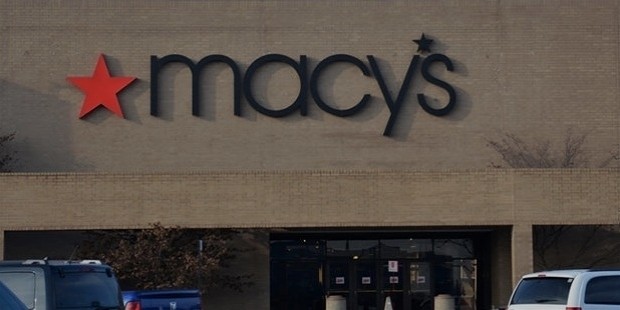
They then started focusing on driving performance based on the consumers’ preference models. As the company continues to learn from these challenges, they are also developing and working on new goals, the most important ones being establishing the right strategies to serve new and returning customers in the best way possible over time.
Acquisitions
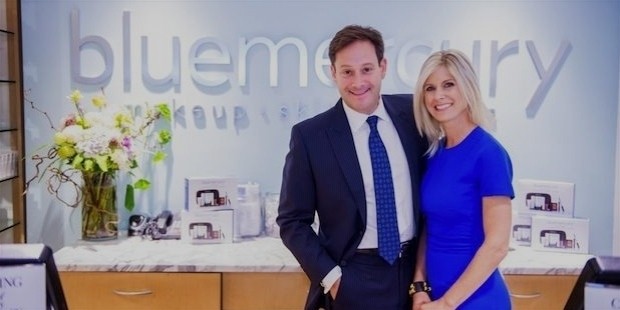
The company acquired Bloomingdale in 1949. That was shortly after Macy's Inc. became the largest retailer in the world. Bloomingdale is a luxury store dating back to the 19th century, and it is considered one of the top retail stores in the world today.
In March 2015, the company also acquired Bluemercury Inc. This acquisition was important to the company for it would provide the company with a completely new channel of growth. Today, Macy's Inc. continues to support the expansion of Bluemercury, the largest spa service and luxury beauty product in the United States of America.
- Full Name :
- Macy's Inc.
- Founded :
- 1929
- Founder :
- Rowland Hussey Macy
- CEO :
- Terry J. Lundgren
- Industry :
- Fashion & Retail
- Sector :
- Public
- Country :
- USA
- Website :
- http://macysinc.com/









